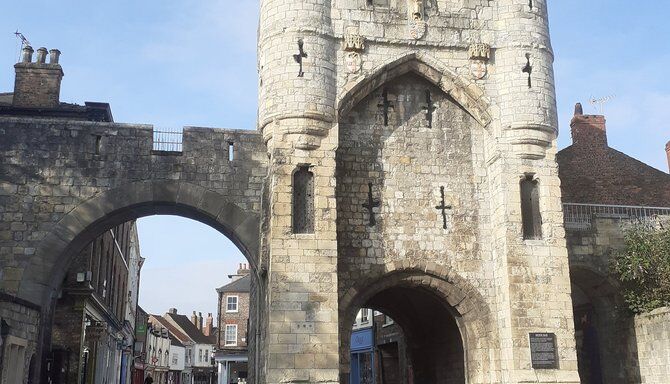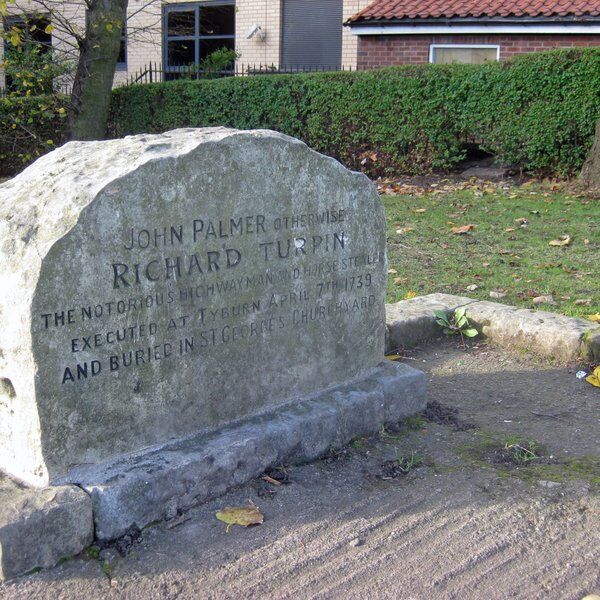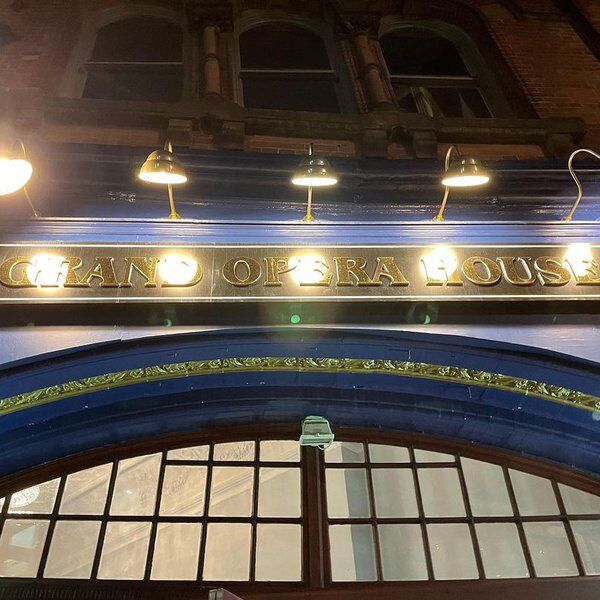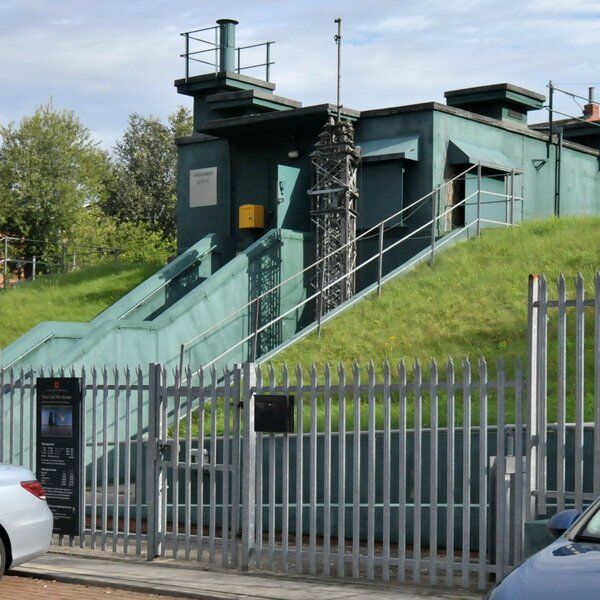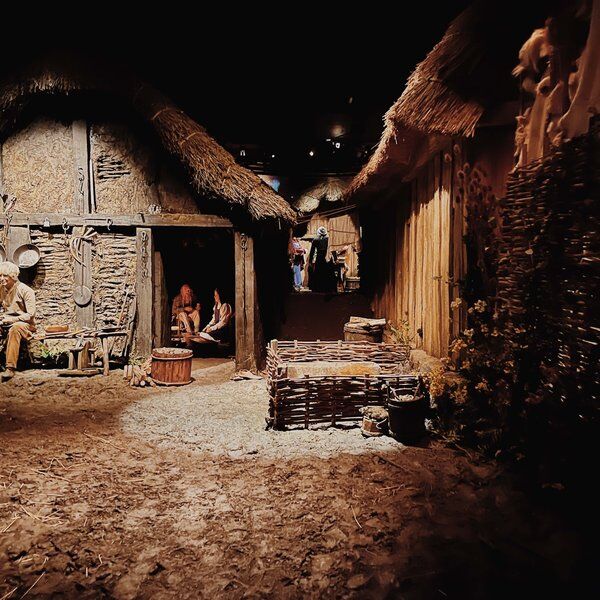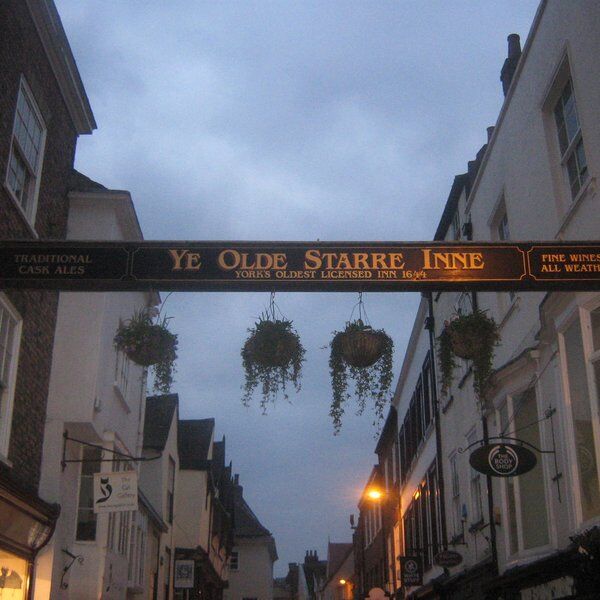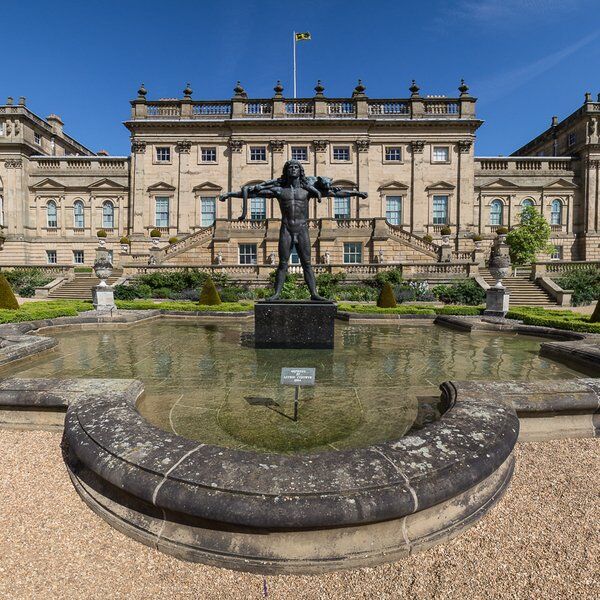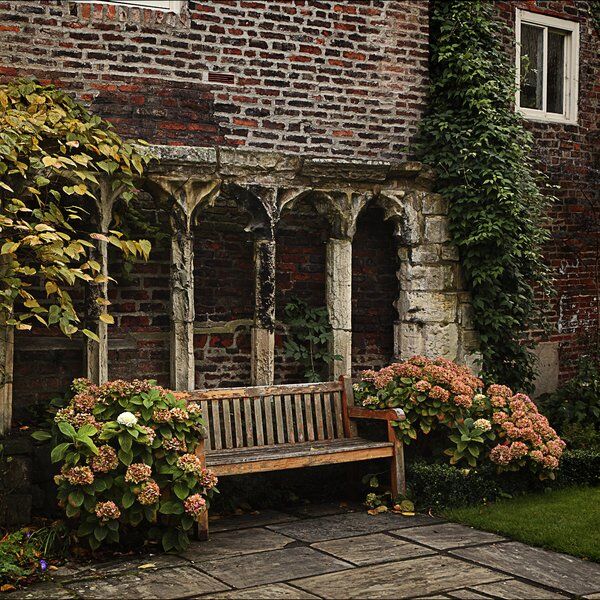Discover Monk Bar in York
York City Walls, also known as the Bar Walls, proudly hold the title of England's most complete city walls – they’re also the longest town walls in England. Among the four main gateways, known as 'bars', Monk Bar reigns supreme as the tallest and most intricately designed. Alongside the Walls and Monk Bar, the three other gateways: Bootham Bar; Walmgate Bar; and Micklegate Bar, have formed part of the city’s defence since Roman times.
Today, a stroll along the Bar Walls offers a captivating and free journey through history, revealing panoramic views of York, including the majestic Minster. Monk Bar, with its self-contained fortress design and historical features like murder-holes and a working portcullis, encapsulates the city's architectural and defensive legacy. The rooms above Monk Bar's gateway have witnessed various roles, from serving as a home to acting as a jail for rebellious Catholics in the 16th century.
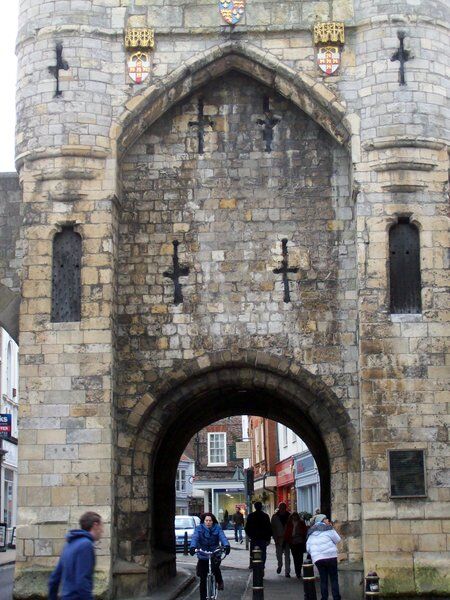
A Glimpse into Medieval York
York City Walls and its four main ‘bars’ were originally established in 71 AD as a defensive structure surrounding a 50-acre fort along the River Ouse. The fort featured an accompanying ditch (since filled in), slits in the walls’ stonework for loosing arrows, and machicolations or ‘murder holes’ in the gatehouses, through which defenders could drop objects on attackers. Altogether their purpose was to protect the 9th Legion from disgruntled locals.
In the mid-13th century the ‘Bars’ functioned as mediaeval toll booths but their roles evolved under Norman rule, until the 16 century. Following this the English Civil War in 1644 presented a significant challenge when Parliamentary forces besieged York, causing damage to the city walls during intense clashes and leading to its fall on July 16, 1644.
In the 19th century, rising maintenance costs prompted the demolition of certain sections, including Skeldergate Postern and Micklegate Barbican. However, these demolitions were not sanctioned by the Victorian-era Parliament and so reconstruction efforts were implemented.
Whilst little remains of the walls today, the iconic 10-sided Multangular Tower in Museum Gardens is a noteworthy relic, and the walls and ‘bars’ are a scheduled ancient monument and Grade I listed building.
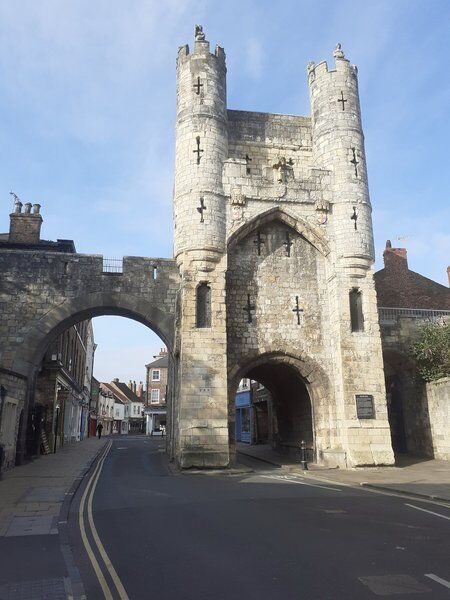
Architectural Marvels
As mentioned, York City Walls features four main gatehouses, or ‘bars’, which restricted traffic, formed part of the city’s defensive strategy, and were used to exact tolls. Let's take a closer look at each of these ‘bars’.
Monk Bar
Soaring at 19.2 metres, Monk Bar serves as the Northeast entrance into the city, its four storeys demonstrating both ornate craftsmanship and strategic defence capabilities. Built in the early 14th century from magnesium limestone, Monk Bar gained an additional storey in 1484 under the reign of King Richard III. Side arches were added in 1820 and the main arch was widened for traffic in 1861.
Notably, it houses the city's only operational portcullis, a historic feature last lowered in 1953 during the celebration of Queen Elizabeth II's Coronation. Unfortunately, the stairwell into Monk Bar was never widened and remains considerably narrow with a low hanging ceiling, so caution is advised.
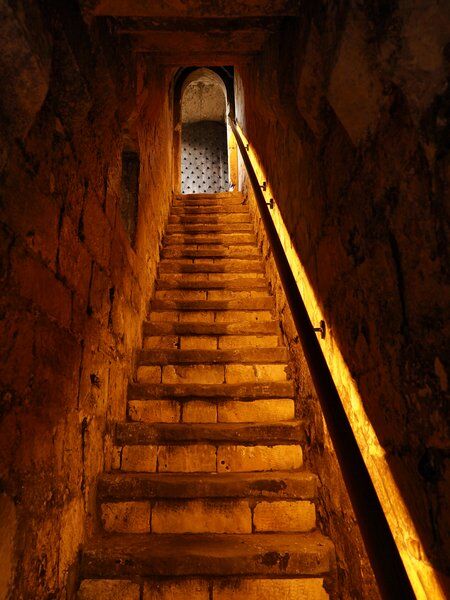
Bootham Bar
Bootham Bar was constructed primarily in the 14th and 19th centuries, but it does have remnants dating back to the 11th century. Positioned near the site of the ancient porta principalis dextra, the northwestern gate of York, the bar derives its name from the 12th century: ‘barram de Bootham’, the ‘bar at the booths’, a reference to the nearby market booths. Notably, Bootham Bar retained its barbican until 1835, making it the last of the bars in York to undergo this modification.
Walmgate Bar
Walmgate Bar, primarily built in the 14th century with an inner gateway dating back to the 12th century, was originally known as Walbegate; potentially named after an Anglo-Scandinavian called Walbe. The barbican is a distinctive feature and a sole surviving example on an English town gate, complete with a portcullis and replicated 15th-century oak doors. Overlooking the inner side is an Elizabethan house, supported by stone Tuscan order columns, originally of Roman origin but modified in 1584. This structure was inhabited until 1957.
Throughout its history, Walmgate Bar has undergone multiple repairs and restorations, notably in 1648 after enduring cannon fire during the English Civil War, and in 1840 following a period of neglect.
Micklegate Bar
Named after the Old Norse 'mykla gata' or 'great road,' Micklegate Bar is four-storeys and leads onto Micklegate Road. Its historical significance as the ceremonial entrance for monarchs is reflected in a tradition dating back to Richard II in 1389, where entering monarchs touch the state sword.
Constructed in the 12th century with additional top storeys added in the 14th, the barbican was removed in 1826. Notable for hosting at least six reigning monarchs, Micklegate Bar is also symbolic for displaying traitors' severed heads on its defences, including Henry Hotspur Percy and Richard Plantagenet, the 3rd Duke of York. Inhabited until the 20th century, the upper floors now house the City Walls Experience – formerly the Henry VII Experience – following restorations in April 2020.
Our Thoughts…
York City Walls, spanning approximately 2.5 miles, are perfect for an afternoon stroll and offer beautiful views over York. Along the way, Monk Bar and the other gatehouses are iconic portals to the city’s rich past and are enjoyed by casual visitors and history enthusiasts alike.
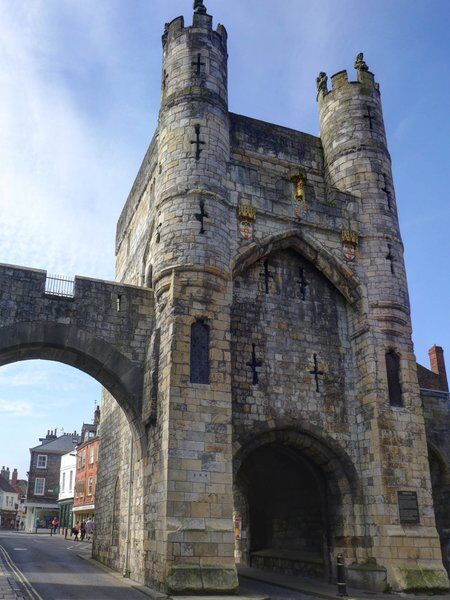
Ready to discover more of what York has to offer?
CityDays have FOUR outdoor treasure hunts in York to choose from, including our brand new trail Gourmet Xmas Food Hunt. All combine the fun of an escape room with the historic facts and whimsical trivia of a walking tour!
Take the stress out of planning your visit to York and book your adventure today!
Not visiting York this time? Don’t worry, you’ll find us all over the world.
